Every single day, you’re bombarded by companies attempting to sell you their products and services. Everywhere you turn, you’ve got adverts and brand promotions fighting for your attention. But it would be utterly naïve to think that everyone’s at the top of their game! Some marketing attempts put the ‘epic’ in ‘epic fail.’
‘Ridiculous Marketing Nonsense’ (RMN) is a Facebook group that does exactly what it says on the tin. Members of this online community post the most hilarious(ly bad) attempts that companies have made at desperately trying to sell you something. Scroll down for the best of the worst and a detailed lesson on what not to do.
Bored Panda reached out to the founder of the group, Jansen Mann, who runs a France-based digital marketing agency, ‘Simon.’ He was kind enough to answer our questions. Read on for our full interview with Mann about the roots of RMN, which originally started as a group on Flickr, way back in 2006.
More info: Facebook | Flickr | SimonWeb.eu
#1 How Is Aldi Not Sued Every Day?

Image credits: Steve White
To put it very simply, marketing is about identifying customer needs and then figuring out how to meet them. Advertising, the process of promoting a company and its products and services, is a key part of marketing.
What you’ll find on the ‘Ridiculous Marketing Nonsense’ group are posts about “daft marketing words, stupid adverts, and any other signs, posters or billboards that are encouraging you to buy something.” In short, it’s a buffet of bad marketing, advertising, and design decisions that are likely still haunting the companies.
#2 Souperstar

Image credits: Jansen Mann
#3 Major Confusion
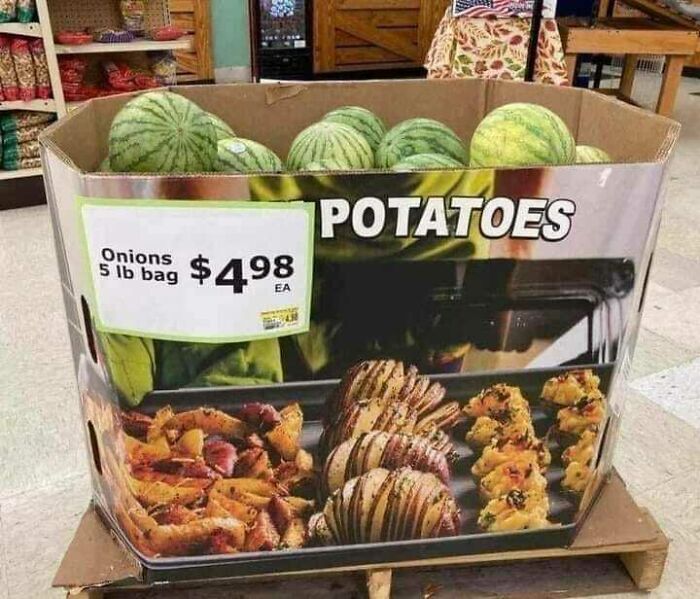
Image credits: Xavier Jacques-Jourion
The founder of ‘Ridiculous Marketing Nonsense,’ explained to Bored Panda that he first started the group around 2006 on Flickr. “The inspiration came from a stupid advert I saw for sausages at a tube station,” he said that this was the spark that ignited the idea behind the entire project. “The concept was born.”
Mann, the founder, also runs his own digital marketing agency, ‘Simon,’ which caters to small and medium-sized businesses. He said that the RMN project is something that he’s “highly attuned” to because it shows great examples of what to avoid in marketing.
#4 Is That Why They’re Called Nap Pies?

Image credits: Austen Cordasco
#5 Hmm

Image credits: Martin Mccann
#6 Ouch
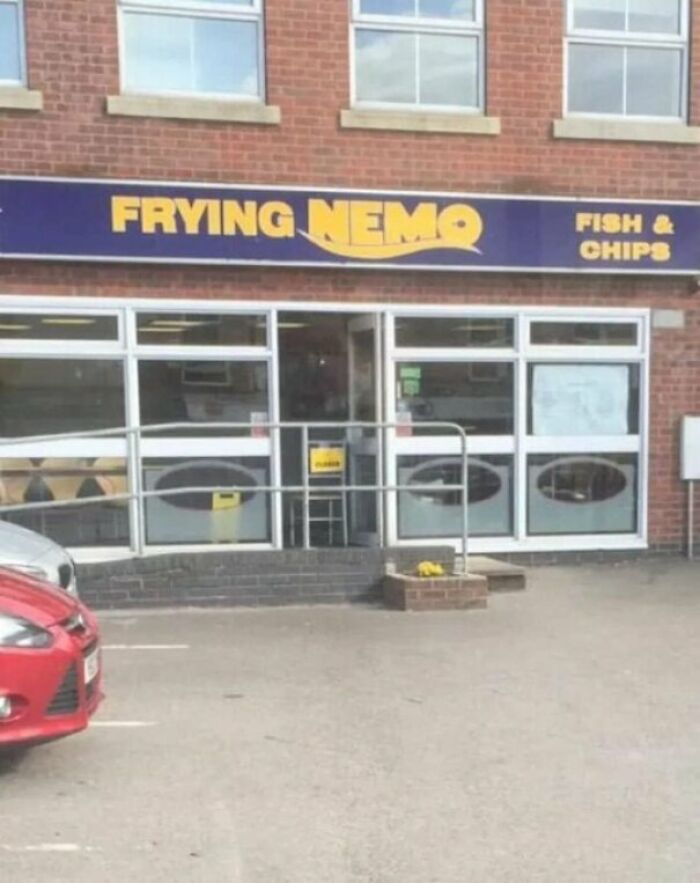
Image credits: Austen Cordasco
We were curious to get his take as to why marketing fails are so appealing to so many internet users. “My guess is they are not just funny but there’s an element of schadenfreude going on, too,” he said, referring to the pleasure that someone derives from another person’s misfortune.
“In an online community such as RMN, one stupid ad can start members riffing on the fail which is always fun,” Mann told us.
#7 My Kind Of Breakfast
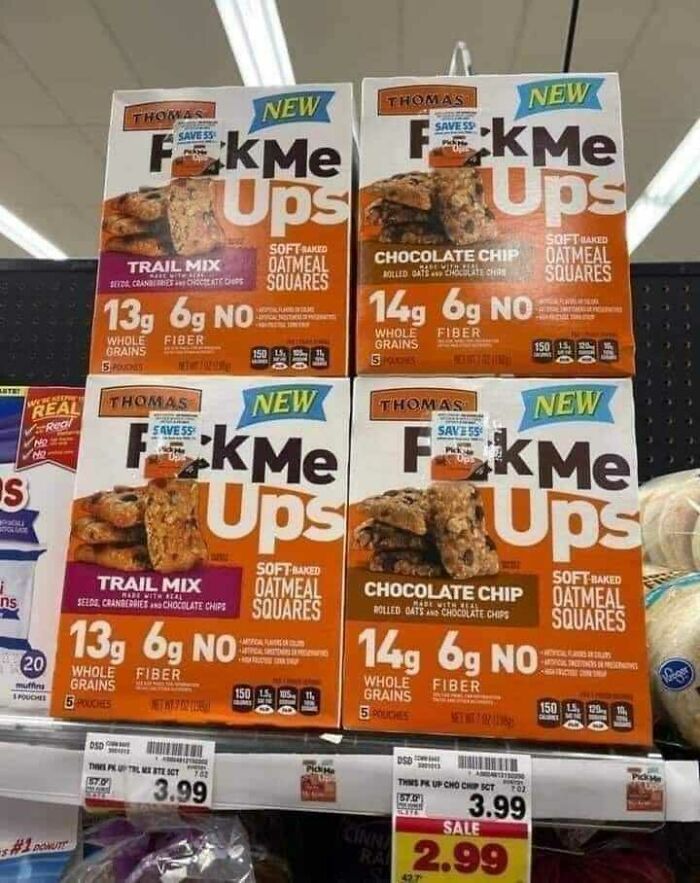
Image credits: Steve White
#8 The Healthy Option

Image credits: Austen Cordasco
#9 Ok
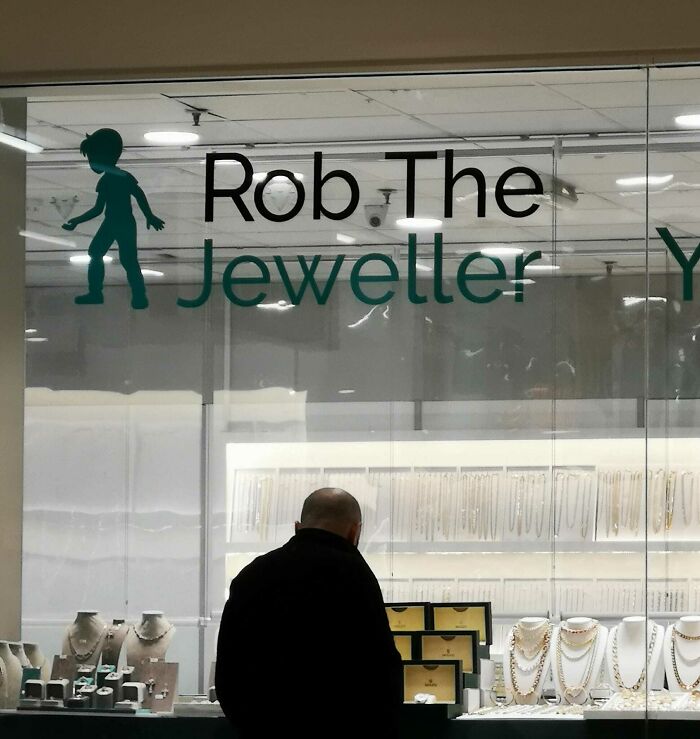
Image credits: Jansen Mann
Bored Panda wanted to find out why some marketers aren’t more aware of just how bad their attempts to sell products really are.
“The honest answer is that a poor marketer hasn’t read the data and gotten to know their audience,” Mann, the founder of RMN and ‘Simon,’ said.
“These people will build collateral that would appeal to themselves or their peer group rather than that of the target audience. Ultimately, it probably comes down to a lack of attention to detail.”
#10 Discover A New Hobby

Image credits: Dave Oliver
#11 Deal Of The Day

Image credits: Steve White
#12 Mmmm

Image credits: Austen Cordasco
The ‘Ridiculous Marketing Nonsense’ Facebook group might be small, but it sure knows about quality. At the time of writing, the group had just over 2.1k members. And the content they post is absolutely hilarious. For one, it’s quite relatable because many of us have been exposed to bad marketing over the years.
On top of that, if you know even the basics of good marketing and design, you can immediately tell just how cringeworthy these attempts to sell something really are. Once you know what quality looks like, it becomes immediately obvious when someone should have spent more time at the drawing board.
The project has become so iconic that it was even mentioned in the book ‘Web Marketing All-in-One Desk Reference For Dummies.’ RMN was one of the author’s favorite groups on Flickr.
#13 I Won’t
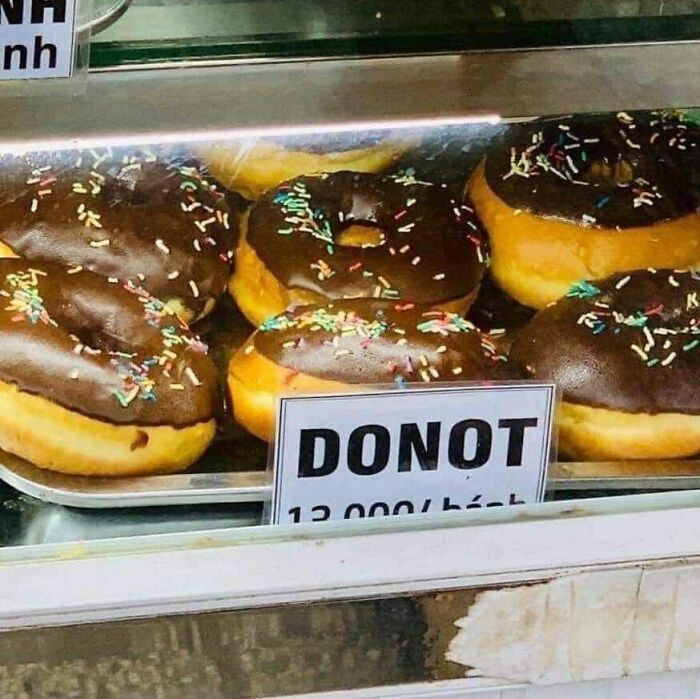
Image credits: Dave Oliver
#14 Sounds Like Am Interesting Community Event

Image credits: Kevin Dawson Jennings
#15 Finally, A Sandwich Just For Me
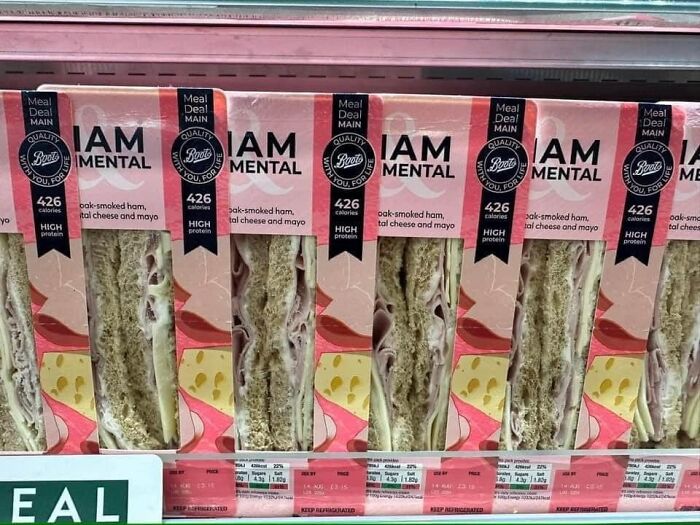
Image credits: Steve White
Previously, Bored Panda spoke about company longevity and the importance of long-term thinking with consumer psychology specialist Matt Johnson, Ph.D. “While adaptability and innovation are highly lauded in the business world, interestingly, many of the most successful companies have sold roughly the same type of product for nearly all of their history,” the author of ‘Branding that Means Business’ and the host of the human nature blog told us during an earlier interview.
“The oldest company still around today is Kongo Gumi, established in 578 AD, which ran independently, as a family-owned business until financial struggles forced it to be bought by a conglomerate in 2006. It began as a construction company for Buddhist temples, and still specializes in that today,” he said.
#16 Dunno

Image credits: Dave Oliver
#17 Erm Ok Then
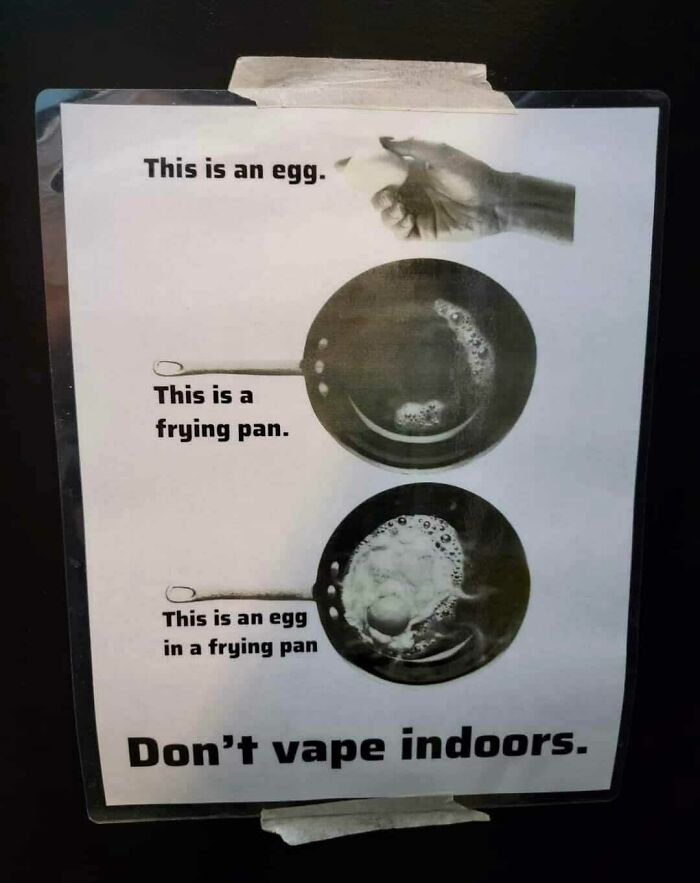
Image credits: Steve White
#18 Come On Back
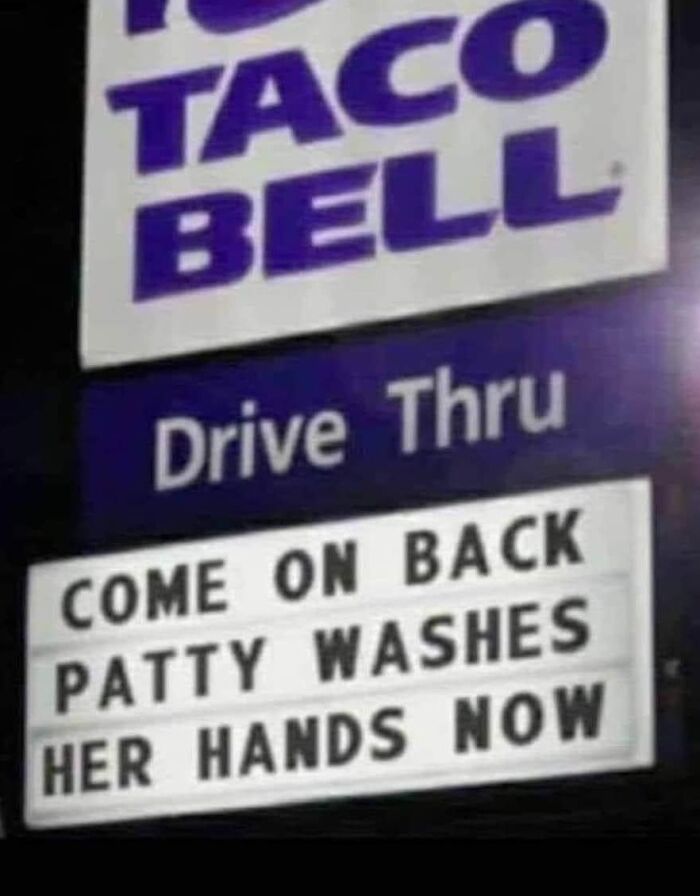
Image credits: Miles Rolph
“While many companies may not plan millenniums in advance, they can invest in the medium term by investing in a perennial brand. It’s no accident that the most prominent brands that exist today have brand identities that are universally appealing and timeless. Coke has aligned itself with happiness, which never goes out of style; Disney with ‘wholesome family joy’; Nike with ‘world-beating ambition.’ Planning for the future means betting on a brand personality that will still be appealing decades or even centuries down the road,” Johnson told Bored Panda.
“In many instances, this also comes down to the core brand identity, as this serves as the general orientation—or higher order purpose, by which employees are motivated in their jobs. Working at Nike doesn’t just mean selling shoes, it means ‘enabling dreams’; working at Disney doesn’t just mean making movies, it means ‘telling generational stories,’ etc. These aspects of the brand are thus as important externally (attracting consumers), as they are internally (motivating employees),” the consumer psychology specialist explained.
#19 Who Knew?

Image credits: Jansen Mann
#20 Satanic Dog Refuge In Pendle

Image credits: Steve White
#21 I’m Probably Not Gonna Book This Place

Image credits: Steve White
“Some companies have inextricable financial difficulties and may need to go through bankruptcy or acquisition through private equity. For others, they may be keeping afloat financially, but they have lost relevance; the market has moved away from what they can offer, and what they represent. In this scenario, they’re required to embrace significant change, such as adapting their products, services, and business models to re-align with current market demands,” Johnson said.
“To reconnect with customers, and re-align themselves to the market, these companies may benefit from a customer-centric approach. And ideally, one that drops preconceived notions from the company about what it thinks consumers want, and instead, recognizes that it now needs to develop this from the consumer themselves. This may require a substantial re-brand, or even starting the brand from scratch,” the expert told Bored Panda.
#22 Soylent Green In Indian Rebranding Effort To Escape Detection
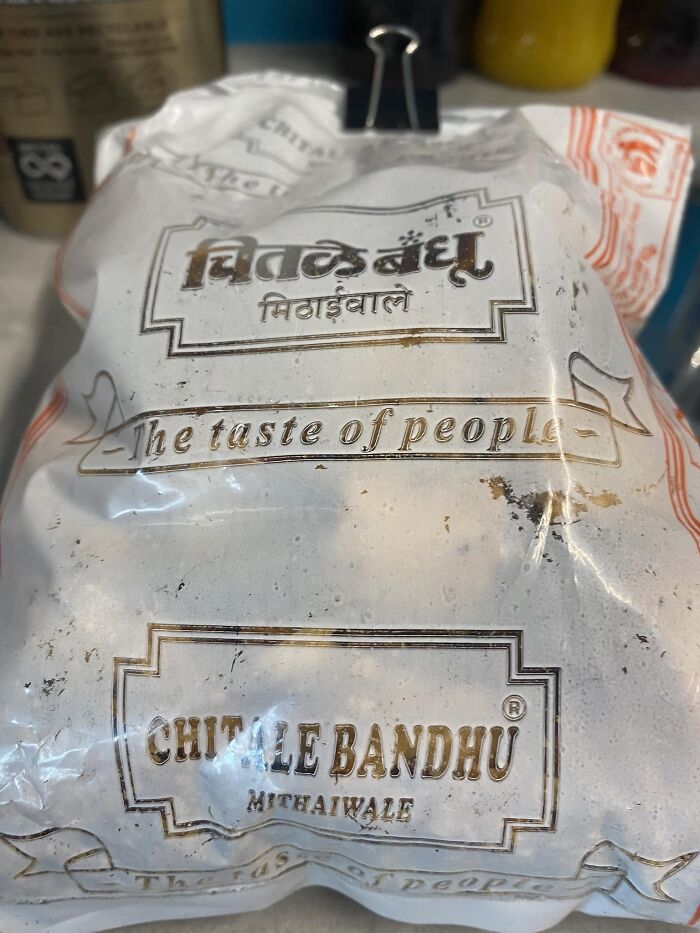
Image credits: Gerry Spencer
#23 Guns N Roses’ Difficult Second Album

Image credits: Austen Cordasco
#24 Take My Money

Image credits: Steve White
“In either instance, the goal is to create an alignment between the brand’s identity and the wants, needs, and values of the target market. A great example of this can be found with Lego, which successfully rebuilt its brand identity through a consumer-centric approach in 2005 and hasn’t looked back. To this end, actively listening to customer feedback, conducting market research, and understanding evolving needs and expectations will provide important input to this process, and will help rebuild trust in the process.”
The bottom line is that it’s important to promote your products and services. After all, how is anyone going to buy from you if they have no clue who you are, what you do, and what you stand for? However, you can’t approach this from a position of ignorance. If you put out low-quality work, you’ll end up running your reputation into the ground. It’s hard to recover from that. So it’s better to take the entire process seriously. That means putting in the proper time and effort to really connect to your audience, instead of doing random things.
#25 When You Get A Genius In Your Marketing Department

Image credits: Lior Lior
#26 Surely You’d… Oh Never Mind

Image credits: Steve White
#27 One Careful Owner
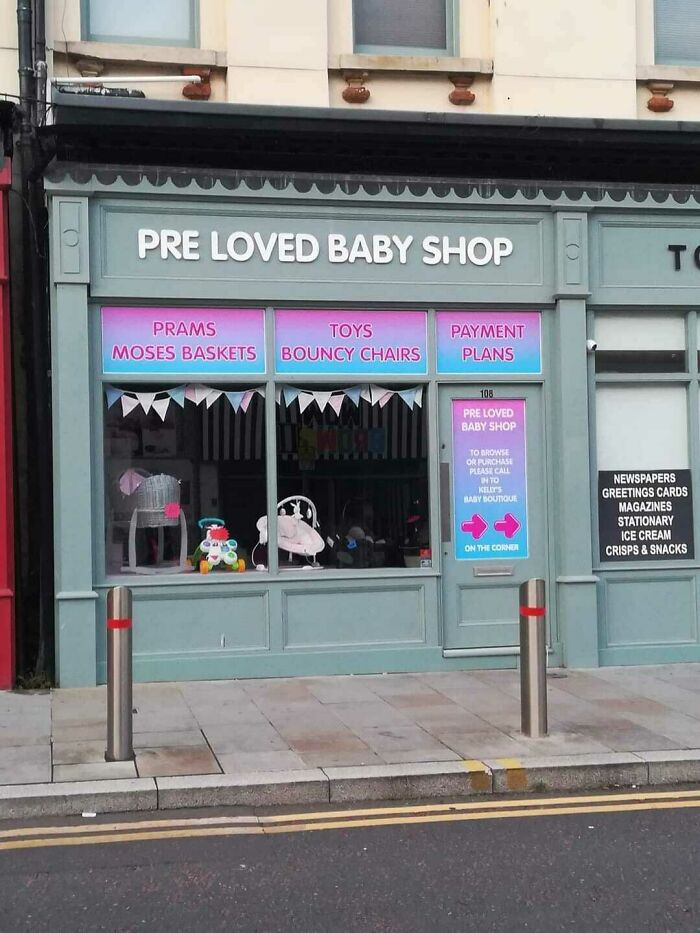
Image credits: Steve White
Good marketing, advertising, and design all come down to the right focus. You need to know what your goals and values are, when it comes to your brand. You also need to have a very clear understanding of your products and services so that you can appeal to your customers’ needs and wants. You then have to strive to condense all of this into the content that you’ll use to promote yourself. Ideally, you want content that’s engaging and relevant—in short, you want to aim for quality work.
Though luck is an important aspect of business, you can’t rely on it to drive your marketing campaigns. You need to research your target audience so you can connect to them in a genuine way, whatever strategies (whether traditional or modern) you’ll use going forward. It never hurts to get a second (or third, or fourth!) opinion on your strategies and content.
#28 I Mean If You Buy A Van Full You Save A Lot

Image credits: Chell L Smith
#29 America Flavored
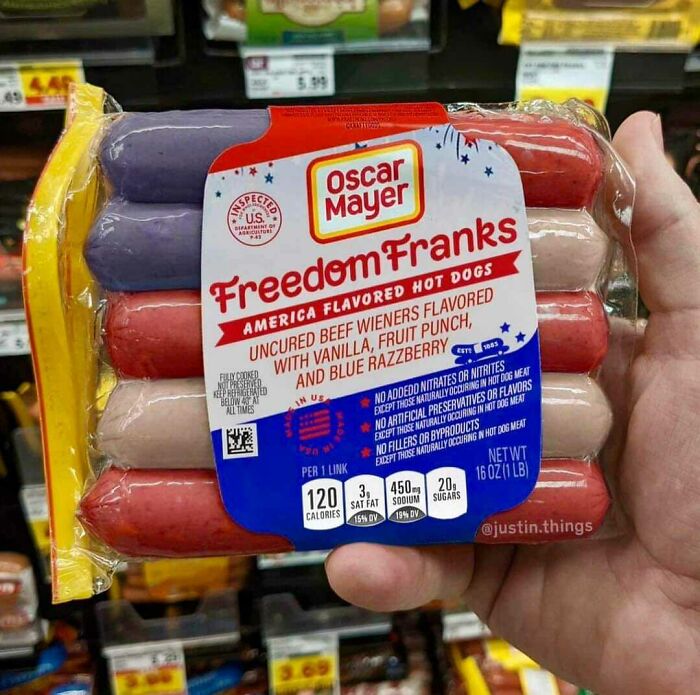
Image credits: Birthe Kay
#30 I’ll Have 3 Shoes Please
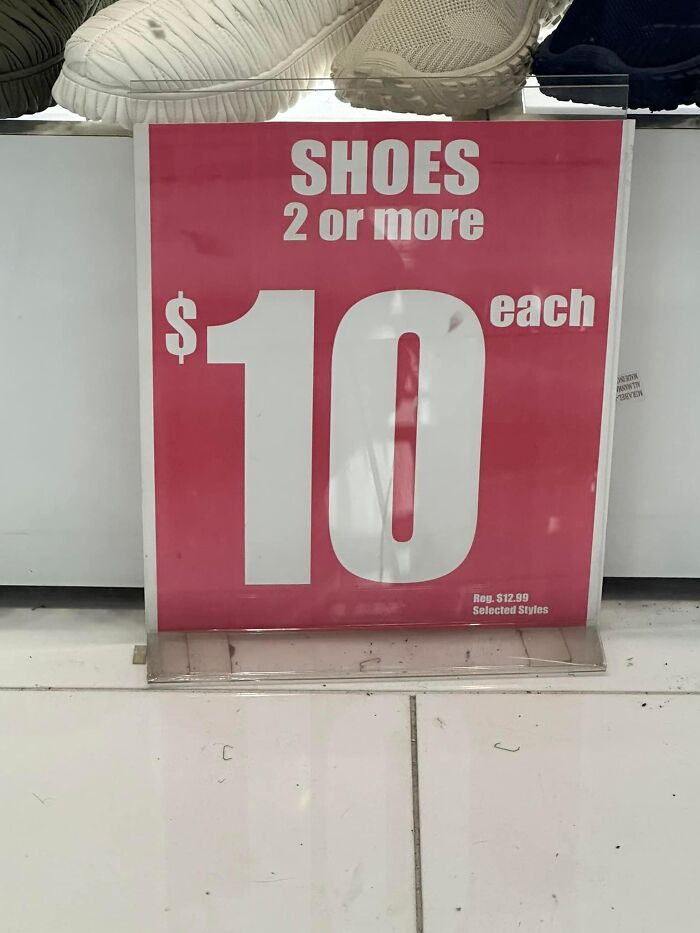
Image credits: Michael Murphy
If you don’t have the money to hire focus groups, you could always ask your family and friends for their honest opinions on your slogans and posters. The time you spend editing, redrafting, and polishing your work is never wasted. And when in doubt, ask a professional for their thoughts. Being humble enough to learn from someone else is a wonderful skill to have in life.
Which of these marketing fails did you personally feel were the most ridiculous, dear Pandas? Have you ever seen anything as bad (or worse!) in real life? What do you think companies can do to become more self-aware about the content they put out? We’d love to hear your thoughts on everything, so scroll down to the comment section and share your thoughts if you have a moment.
#31 Office Essentials?
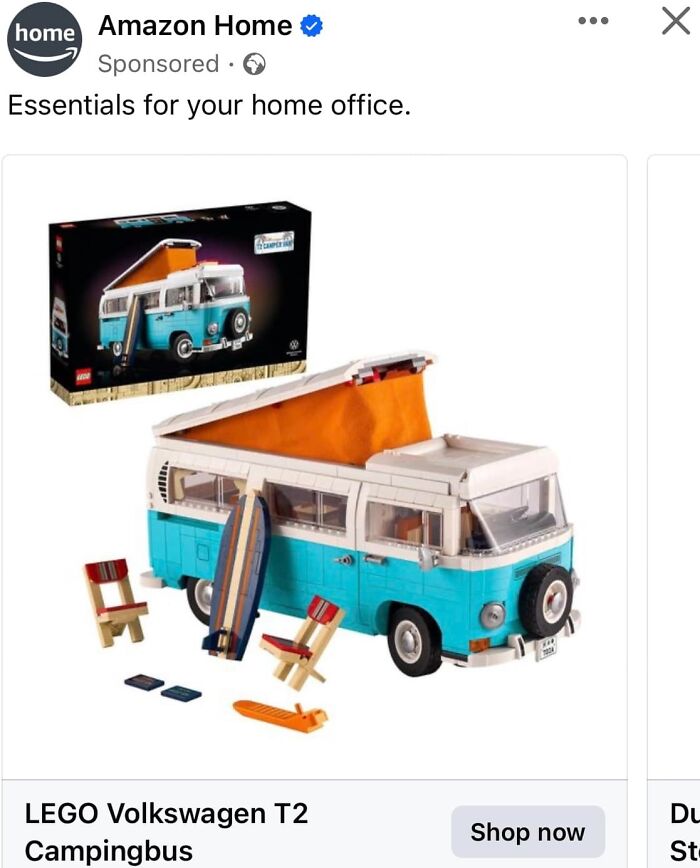
Image credits: Jim Cowan
#32 I Think I’ll Pass On That

Image credits: Rick Magley
#33 I Guess T Stands For Sweet Flying Jump Kick

Image credits: Colin Macconnell
#34 A Royal Flush

Image credits: Doc Frucht
#35 Thanks For The Explanation

Image credits: Steve White
#36 *blinks*
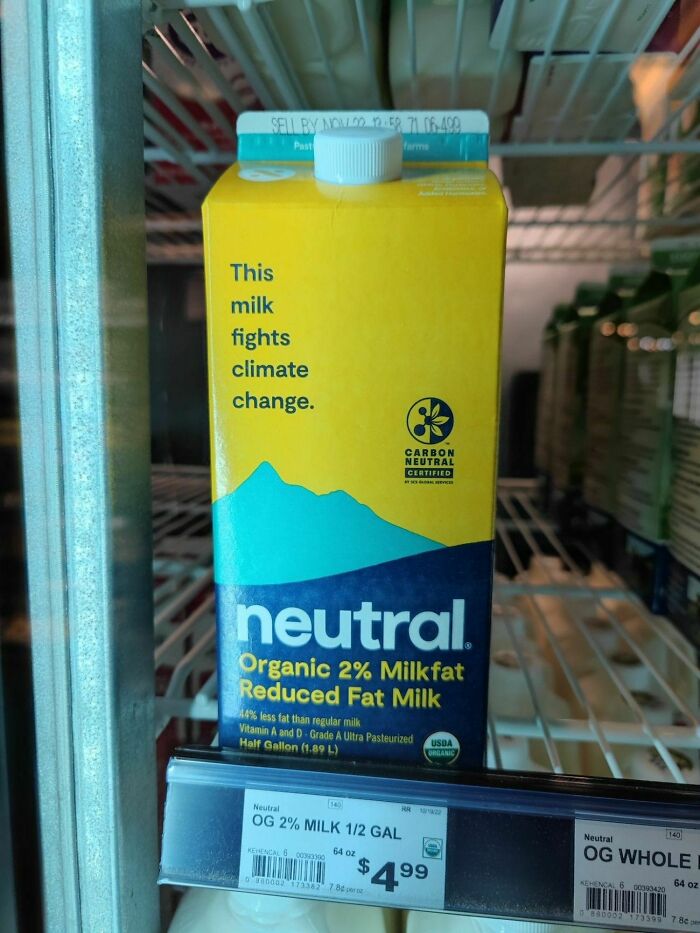
Image credits: Jansen Mann
#37 Shoe Is Are Now Located
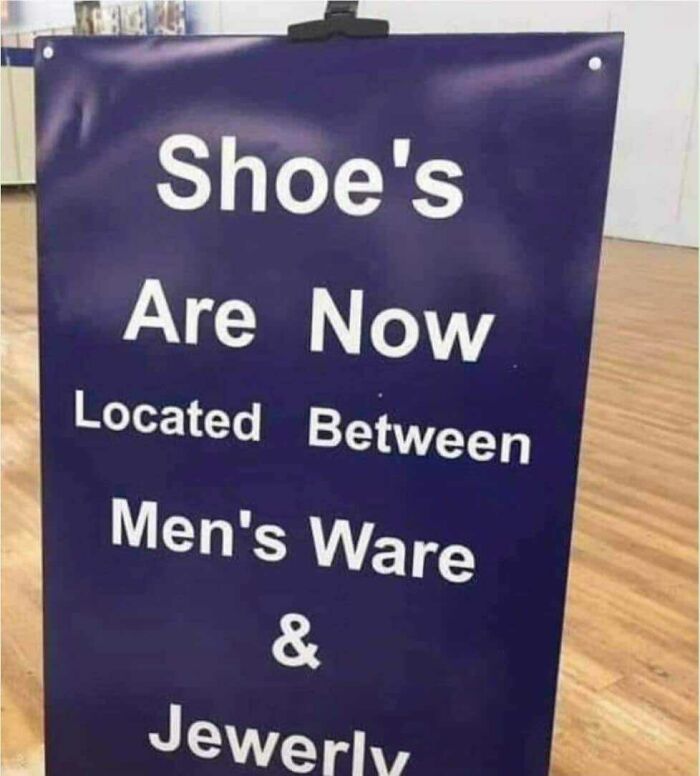
Image credits: John Kirk
#38 Can I Have It Without The Poopy?
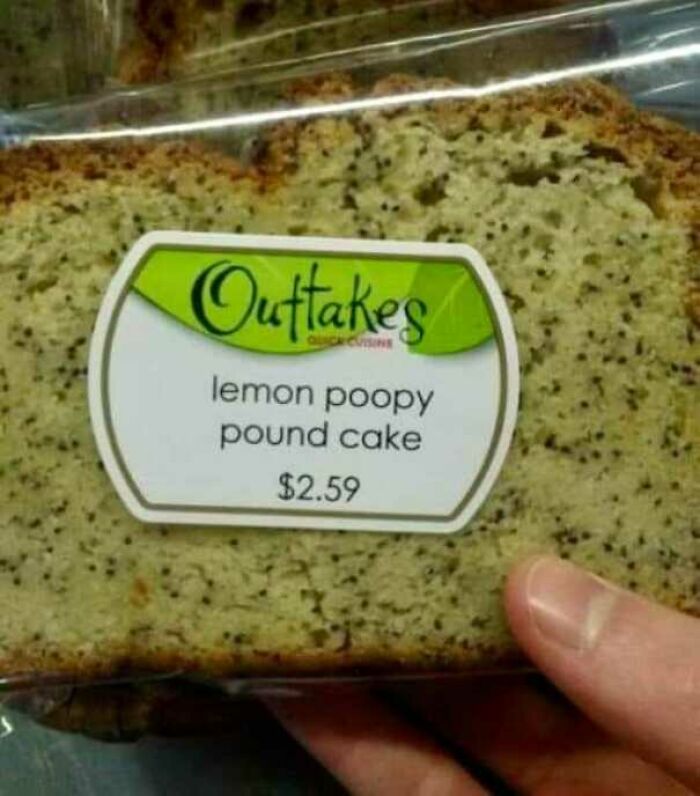
Image credits: Matt Banta
#39 Urgentlee

Image credits: Miles Rolph
#40 Anyone Up For Some Crab Twating

Image credits: Mat Davis
#41 Hmmm

Image credits: Miles Rolph
#42 I Had One Of Those Earlier

Image credits: John Kirk
#43 Hmmm

Image credits: Steve White
#44 Move Over Heston

Image credits: Steve White
from Bored Panda https://ift.tt/MRb20Lr
via IFTTT source site : boredpanda